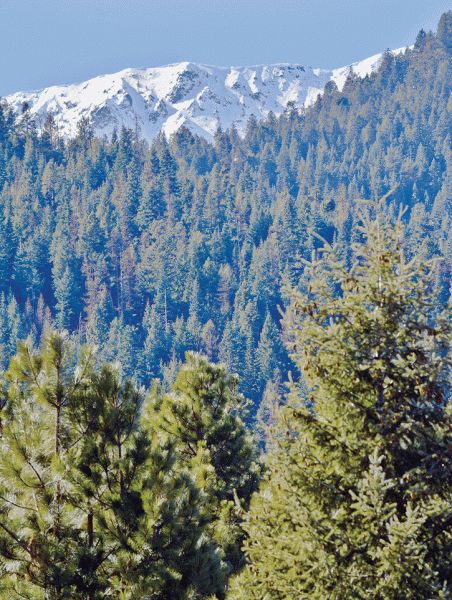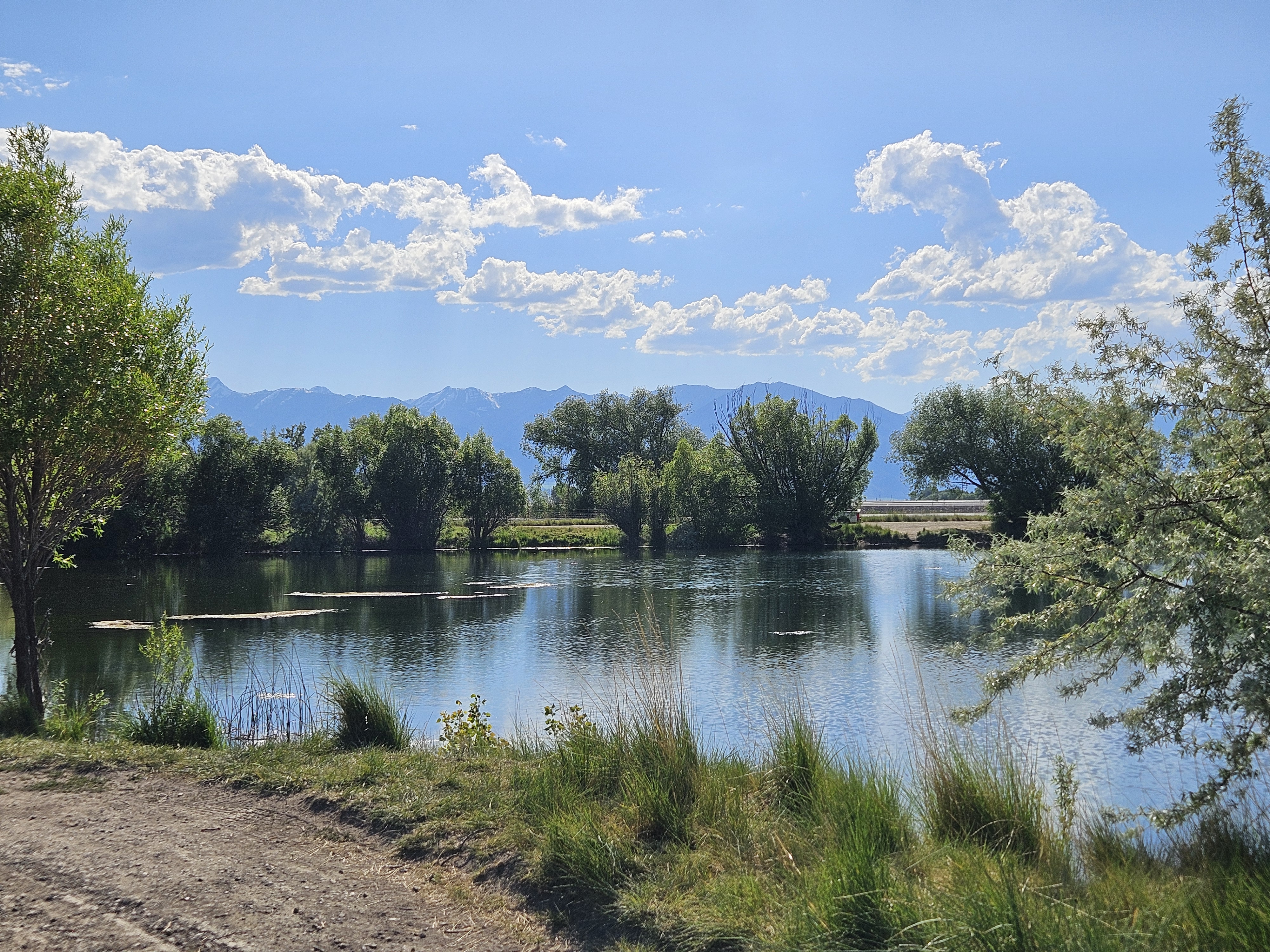Where’s the White?
Published 1:35 pm Wednesday, March 4, 2015

- S. John Collins / Baker City Herald The higher reaches of the Elkhorn Mountains remain snow-covered, but the snowpack is thin or absent at lower elevations.
The bright spot in dismal snowpack is at the higher elevations
By Jayson Jacoby
jjacoby@bakercityherald.com
Northeastern Oregon’s snowpack is looking good.
But only in comparison to the rest of the state, where the snow situation is dreadful.
In the Cascades, for instance, the water content – the most important measurement, after all, since it’s water, not snow, that fills reservoirs and irrigates crops – is less than 10 percent of average in some areas.
The northeast corner, despite an abnormally mild February, is faring much better.
Overall the water content is about 54 percent of average, based on measurements at 17 sites around the region.
But at the higher elevations, which are vital sources of water for later in the summer, the snowpack is better still.
In one case – at Mount Howard near Wallowa Lake, at 7,910 feet the highest measuring station in the region – the water content is 12 percent above average.
No other snow-measuring site can boast that, although Anthony Lakes comes close.
Snow surveyors there recently measured 59 inches of snow, with a water content of 18.5 inches.
That’s just 10 percent below average for the site, which is at an elevation of 7,125 feet.
The snowpack gets more scanty, though, lower in the mountains.
The three measuring sites in the Anthony Lakes area, which are just several miles apart but at much different elevations, illustrate this.
From the 90-percent figure at Anthony Lakes, the water content drops to 61 percent at Little Alps, elevation 6,200, and to a meager 31 percent at Little Antone, elevation 4,600.
“It’s not looking good right now,” said Andrew Umpleby, manager of the Powder Valley Water Control District.
Umpleby oversees the distribution of irrigation water from Wolf Creek and Pilcher Creek reservoirs in southern Union County west of North Powder.
As is always the case, though, copious spring rains could greatly ease the potential water shortage, Umpleby said.
Spring rains don’t necessarily bolster the snowpack – although that’s possible if storms bring snow at higher elevations – but they reduce the demand for irrigation water from reservoirs, saving more for the summer.
See more in Wednesday’s issue of the Baker City Herald.





